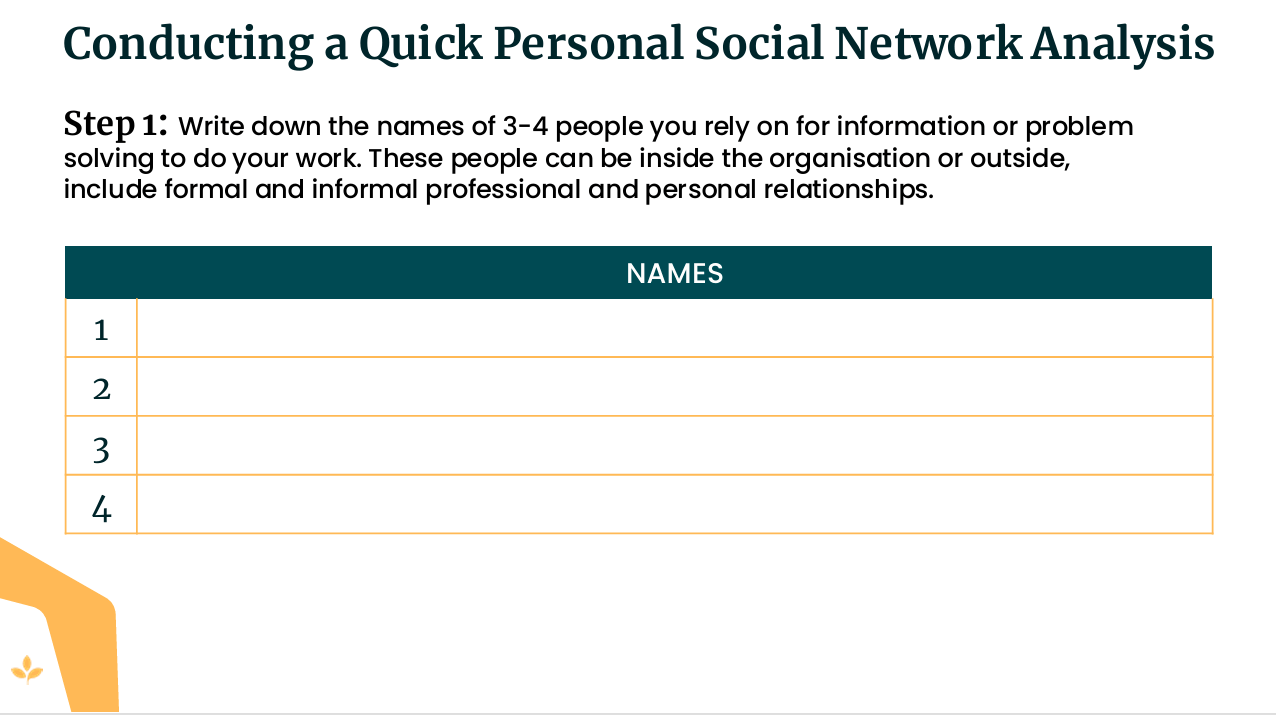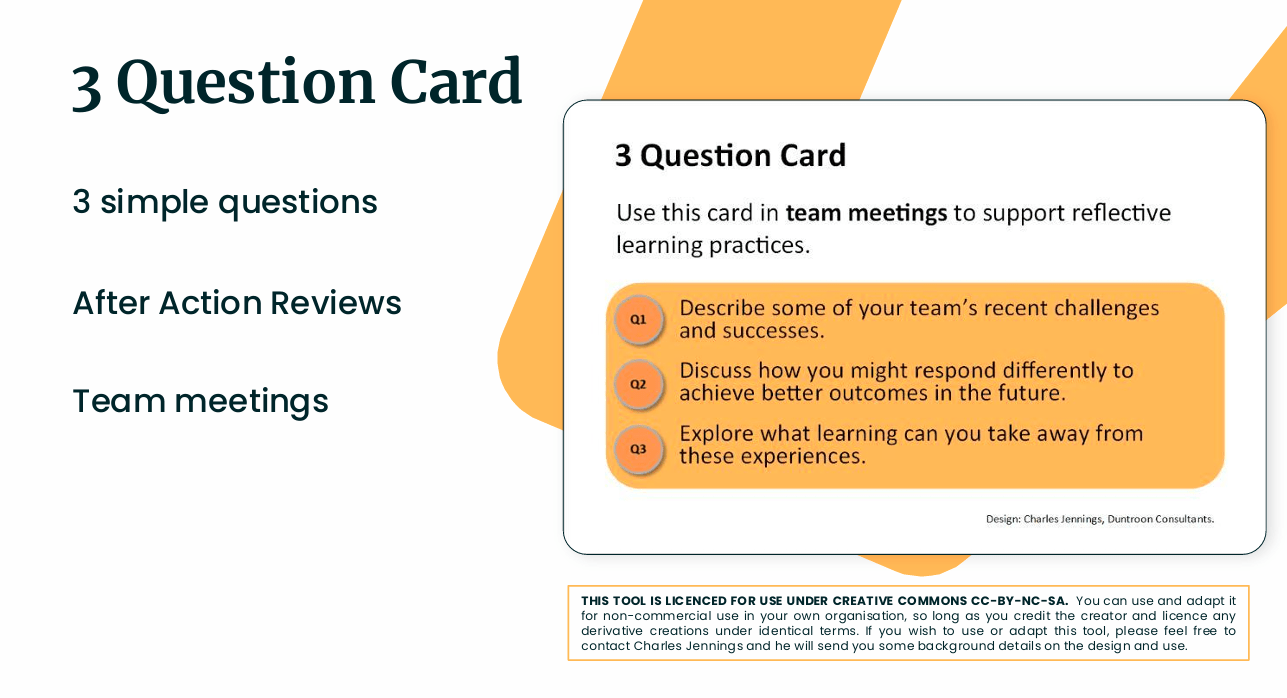Think about the last time someone in your team really developed a new skill. Chances are, it didn’t just happen in a training room. It likely happened through social learning: watching a colleague work through a problem, asking questions, sharing ideas, or collaborating on a project.
While technology and training programmes have their place, most workplace learning happens informally, through experience and interaction. The CIPD’s Learning at Work 2023 survey found that peer collaboration has risen from around 30% to 36% among L&D practitioners, and 63% now collaborate with other business functions on learning, showing that inter-team learning is becoming an established part of workplace development.
To explore these concepts in greater depth, the Totara Community recently welcomed Charles Jennings, co-founder of the 70:20:10 Institute, to their Learning with IMPACT event. Drawing on his insights, this article examines how social learning works in practice and how teams can use it to strengthen collaboration and continuous development. This is part one of a three-part series on social learning, with upcoming articles featuring insights from Mitchells & Butlers and Anamaria Dorgo, founder of L&D Shakers, on applying these principles to real workplace contexts.
What is social learning in the workplace?
Social learning refers to the process of learning with and from others to build a culture of shared growth. It happens when employees collaborate on a project, share ideas in meetings, or observe how colleagues handle situations. The concept builds on the idea that people learn best through observation and interaction.
In a workplace setting, this could look like:
- Watching a peer resolve a customer issue.
- Asking a colleague for advice on using a new tool.
- Reflecting as a team on what went well after a project.
- Participating in discussion boards or communities of practice.
Social learning can take place in both structured and unstructured ways. Structured approaches include mentoring programmes, workshops, or collaborative projects designed to build knowledge in a planned setting. Unstructured learning happens more naturally through day-to-day experiences, such as informal chats, shadowing colleagues, or working together to solve problems.
Charles Jennings notes that social learning taps into our natural instincts to engage, observe, and develop. People learn in four main ways, he explains: through practice, through working with others, through reflection, and through building networks.
Expertise grows when people become part of professional communities, Jennings adds.
How social learning supports continuous development
Continuous development is often spoken about in the context of lifelong learning or professional growth, but it begins with everyday experience. When employees are supported to learn while working, development becomes part of their routine rather than a separate activity.
The 70:20:10 framework, which Jennings helped popularise, captures this idea. It suggests that:
- Around 70% of learning happens through experience and practice in the flow of work.
- Around 20% happens through collaboration and feedback from others.
- Around 10% happens through formal training or structured courses.
Jennings emphasises that these figures are not exact ratios but a reminder that learning takes place through a blend of experiences.

For example, when an employee experiments with a new process, collaborates on a project, shares lessons from a recent challenge, or coaches a colleague through a problem, they are building capability in real time. Organisations that enable this kind of learning environment create a steady rhythm of improvement, where every task becomes a learning opportunity.
By recognising that learning and performance are intertwined, businesses can foster a culture of continuous improvement rather than one focused solely on training attendance or completion rates.
Building learning through social networks in your organisation
Learning is never an isolated experience. Even when employees complete an online course, attend a virtual workshop, or take part in onboarding programmes, much of what they absorb and retain comes from the people around them. Social networks play an important role in workplace learning.
They help new employees understand company culture more quickly and enable existing teams to develop through peer collaboration rather than relying solely on formal training.

Why social networks matter for workplace learning
Every employee builds a network of people they trust for information, support, and advice. These connections influence how effectively learning translates into real performance.
For example, a new hire might take an onboarding course through an LMS, but their real understanding of how the organisation works will be consolidated by informal conversations with their team. Similarly, someone completing a leadership module may solidify their learning by discussing scenarios with peers or mentors.
How to assess your learning network
To help people understand how their relationships influence learning, Jennings has adapted a Social Network Analysis (SNA) tool originally developed by Professor Rob Cross and his colleagues. It is a simple but insightful exercise designed to help employees and teams review the shape and quality of their networks.

Participants begin by listing around ten to fifteen people they rely on for advice or problem-solving. They then consider a range of factors, such as how often they interact, how long they have known those contacts, and whether those connections are within or outside their team or location.

When plotted visually, these relationships often reveal patterns or biases. Some employees find that most of their connections are at the same level or in the same department. Others discover they rely too heavily on a few colleagues or rarely interact with people in other regions.



By spotting these patterns, individuals can identify where their learning network could be stronger. Jennings notes that a balanced network, one that includes both close and distant colleagues, supports richer collaboration and more effective knowledge sharing.
For learning teams using an LMS, this reflection can also help design collaborative features within courses, such as discussion spaces, peer feedback areas, or project groups that mirror the benefits of a diverse professional network.
Taking action to strengthen collaboration
Improving learning networks often starts with small, deliberate steps. Whether you’re an employee looking to expand your connections or a manager supporting your team’s development, here are some practical ways to strengthen your learning network:
As an individual:
- Reach out to someone with a different role or in another department
- Join a community of practice within your organisation
- Offer to mentor a new hire or shadow a colleague
- Contribute to discussion forums within your LMS
- Share short reflections after completing courses
As a manager:
- Encourage team members to reflect together after projects
- Create shared workspaces where lessons learned can be posted
- Support employees in building connections across teams
Jennings emphasises that even short, regular interactions build trust and open pathways for knowledge exchange.
For organisations, using tools such as Jennings’ SNA framework can help identify where collaboration is thriving and where it needs more support. Combined with the right learning platform, these insights make it easier to create learning environments where employees connect naturally and apply what they know to improve performance.
Examples of social learning in action
Social learning works best when it’s weaved into how teams already operate. The following examples show how organisations have used reflective practice, peer collaboration, and storytelling to strengthen learning and performance.
Qualcomm
Qualcomm introduced a programme called 52 Weeks, designed initially for new hires to help them understand company culture. Each week, employees received a story via email, interviews with colleagues working on interesting projects or in particular areas. These stories highlighted what the work involved, what challenges the person faced, and what they learned.
What started as an onboarding tool quickly spread across the organisation. Employees at all levels signed up to receive the stories, not just new hires. The technology was simple (just text-based emails), but the impact was significant. By tapping into people’s natural tendency to share and learn through stories, Qualcomm created a low-effort, high-value way to disseminate knowledge, share values, and build connections across teams.
Citibank
Citibank ran a programme called the 30-Day Challenge, which flipped the traditional learning model. Instead of asking employees to learn first, then apply, Citibank encouraged them to take action first, then reflect and share.
Participants were given small daily actions, such as connecting with someone in the organisation whose role they didn’t fully understand or trying a new approach to a familiar task. After completing the action, employees reflected on what they learned and shared insights with colleagues. The focus was on building habits of continuous learning through simple, consistent actions embedded in daily work.
Other Approaches to Team-Based Learning

Jennings also references examples from organisations like British Telecom, which has used peer-to-peer learning to support skill development, and healthcare bodies such as the NHS and Ministry of Health, where reflective team learning has been used to improve practice and patient outcomes. These examples highlight that social learning doesn’t require complex systems, just structured opportunities for people to learn together and share what works.
How to strengthen social learning in your organisation
Social learning only becomes meaningful when it changes how people work and interact. The following approaches draw on Charles Jennings’ work and can help you strengthen learning in your organisation.
1. Bring learning into daily work
Jennings describes four practical ways to extend learning into the workflow, adapted from research by the Corporate Executive Board and Gloria Gery:
- Add learning to work. Combine structured learning with day-to-day tasks. For instance, follow a short e-learning module with an immediate work assignment or simulation.
- Embed learning within workflows. Offer quick-access resources and coaching at the moment of need, such as guides or brief peer discussions inside your LMS.
- Extract learning from work. Encourage reflection after a task or project. Add a prompt at the end of a course that asks learners to share what they applied successfully and what they would change next time.
- Share learning with colleagues. Use discussion forums, communities of practice and informal sessions for employees to exchange insights, stories and solutions.
The aim is to help people build capability while solving real problems, not apart from them. Every interaction and project becomes an opportunity to practise, reflect and share.
2. Strengthen teams as learning communities
Teams are the centre of organisational performance; Jennings refers to them as the atomic unit of productivity. Yet many learning strategies still focus on individuals. You can close this gap by helping teams learn together and measure results collectively.
Encourage groups to set development goals alongside performance goals. Integrate reflection or feedback discussions into existing team meetings. Build collaborative assignments within courses so that participants share results and compare approaches. When learning sits inside team routines, progress becomes visible and measurable.

A focus on teams also changes how learning is valued. Instead of seeing training as a personal activity, teams begin to treat shared improvement as part of their culture.
3. Use networks to support continuous development
Strong networks accelerate learning by giving employees faster access to answers, advice and ideas. Jennings’ Social Network Analysis tool shows that people learn best when their networks are diverse and balanced.
You can apply this thinking by mapping how knowledge flows across your organisation. Look at where collaboration already works well and where it could improve. Inside your LMS, create visible workspaces that bring together people with shared roles or goals but from different departments. Encourage peer reviews or problem-solving groups that cross traditional boundaries.
At an individual level, invite learners to set development actions linked to their network, such as reaching out to a mentor, contributing to a professional community, or collaborating with someone new on a live project.
4. Measure progress through performance, not completion
Here Jennings advises moving away from counting course completions and towards tracking indicators of real improvement. These can include customer satisfaction, faster resolution times, higher quality outputs, or stronger collaboration between teams.
Link course design and reporting features in your LMS to these outcomes. For example, pair learning modules with reflective prompts that capture practical impact or gather feedback from line managers on how new skills are being applied. Over time, these metrics show how learning contributes directly to organisational performance.
5. Build a culture of shared improvement
When learning becomes part of everyday work, employees no longer see it as a requirement but as a habit. This shift takes consistent reinforcement. Provide recognition for teams that share knowledge openly or demonstrate applied learning. Use stories, case examples and success summaries to show how collaboration leads to results.
Managers play an essential role here. When they model curiosity, ask questions and share their own learning experiences, they make it safe for others to do the same. Jennings’ work reinforces that culture change begins with example and conversation.
Final thoughts – putting social learning into practice
Social learning helps people develop knowledge and confidence through shared experience. When learning is supported through collaboration and connection, it becomes part of how employees work rather than an activity that sits apart from it.
Applying these ideas means encouraging employees to learn from real tasks, share what works and build networks that cross teams and roles. Over time, this approach creates a steady flow of learning that improves both individual and organisational performance.
To explore these principles in more depth, you can watch Charles Jennings’ full session on the Totara Community, which is free to join for everyone. For a concise overview of all sessions, download the key takeaway guide. It brings together the main lessons and actions shared across the series, making it a valuable resource for any organisation looking to utilise social learning in everyday work.


